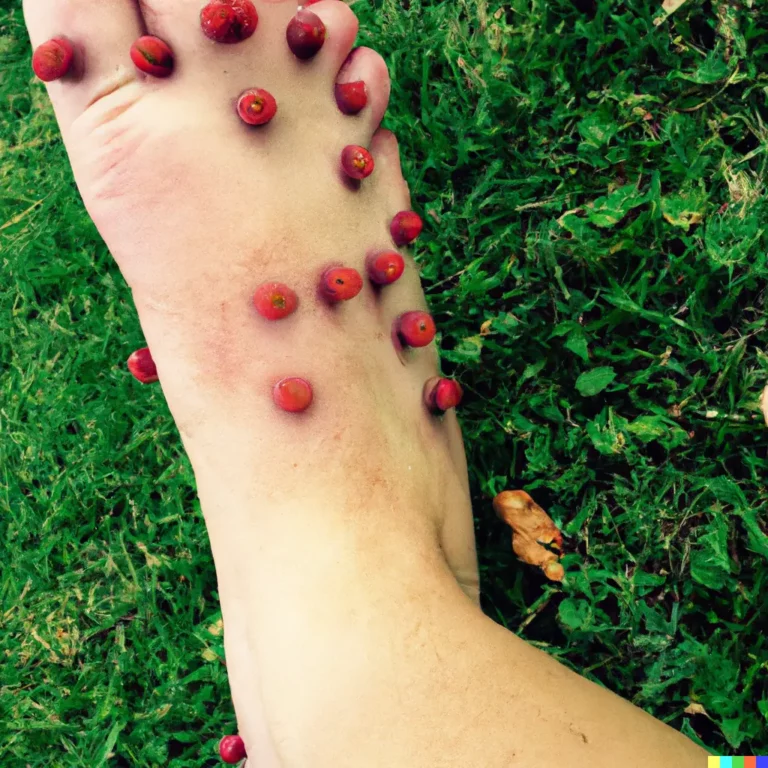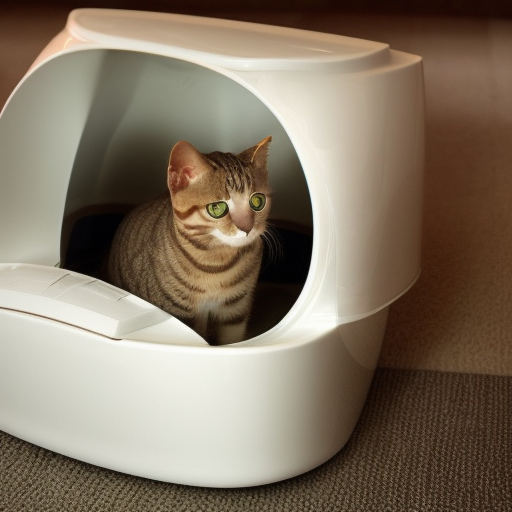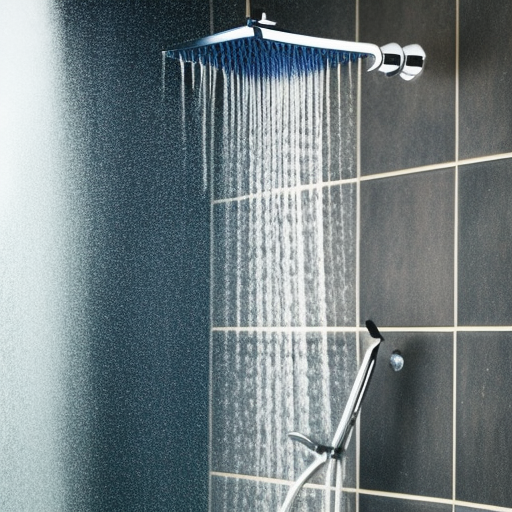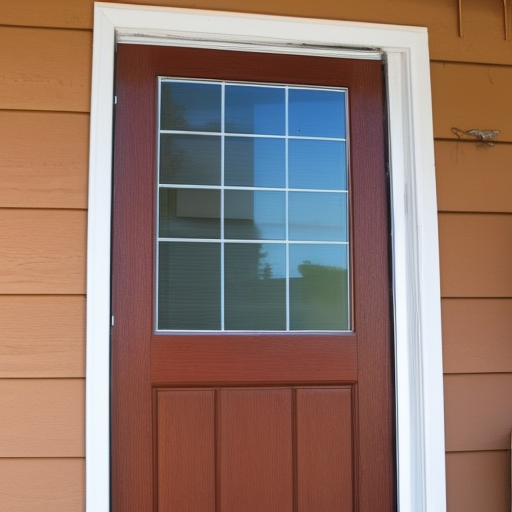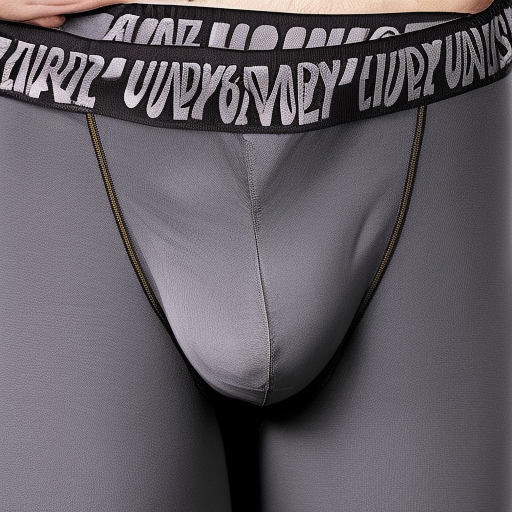How to clean moldy dishes
Welcome to our blog on “How to clean moldy dishes”! We know that coming across moldy dishes can be a frustrating and gross experience. Maybe you forgot about that leftover casserole in the back of the fridge, or perhaps you accidentally left a damp dish towel on top of a stack of plates. Whatever the case may be, we’ve all been there. And now, you’re left with a sink full of moldy dishes that you’re not sure how to tackle.
Well, don’t worry! We’re here to help you out with some easy and effective tips on how to clean moldy dishes. So let’s get started!
Safety first
Before we dive into the actual cleaning process, it’s important to make sure you’re taking the necessary precautions to protect yourself. Mold can be harmful to inhale, so it’s important to wear a face mask and gloves while cleaning. You’ll also want to make sure you’re working in a well-ventilated area to avoid inhaling any mold spores.
Start by soaking
One of the most effective ways to remove mold from dishes is to soak them in a solution of water and vinegar. Vinegar is a natural mold killer and can help to soften and loosen any mold that may be stuck to the dishes. To do this, fill your sink or a large bucket with hot water and add about 1 cup of vinegar for every gallon of water. Soak the dishes in the solution for at least an hour, or even overnight if the mold is particularly stubborn.
Scrub, scrub, scrub
After the dishes have soaked for a while, it’s time to get scrubbing! Use a scrub brush or a scouring pad to scrub the mold off of the dishes. Make sure to pay extra attention to any crevices or hard-to-reach areas, as these are often where mold can hide. If the mold is still not coming off easily, you can try using a mixture of baking soda and water as a scrub. The abrasive nature of the baking soda can help to loosen and remove any remaining mold.
Rinse and repeat
Once you’ve scrubbed the dishes as much as possible, it’s time to rinse them off. Make sure to rinse them thoroughly, as any remaining mold spores can regrow if left behind. You can also use a mixture of water and hydrogen peroxide to give the dishes a final rinse. The hydrogen peroxide will help to kill any remaining mold spores and leave your dishes sparkling clean.
Dry thoroughly
After you’ve rinsed and dried your dishes, it’s important to make sure they are completely dry before storing them. Any remaining moisture can lead to the growth of more mold, so make sure to dry them thoroughly. You can use a dish towel or a dish rack to dry your dishes, or you can even pop them in the dishwasher on a drying cycle if they’re dishwasher-safe.
Prevent future mold growth
Now that your dishes are clean and mold-free, it’s important to take steps to prevent future mold growth. Make sure to store your dishes in a dry place, and try to use them up within a few days to prevent any leftovers from going bad. If you do have leftovers, make sure to store them in an airtight container and use them up within a few days. You can also try using silicone dish covers or silicone lids to keep your dishes fresh and prevent any moisture from getting in.
Conclusion
Cleaning moldy dishes can be a daunting task, but with the right tools and techniques, it doesn’t have to be. By following the tips outlined above, you’ll be able to easily clean your moldy dishes and prevent future mold growth. Remember to always take safety precautions when dealing with mold, and make sure to dry your dishes thoroughly after cleaning to prevent any future mold growth.
We hope these tips have been helpful and that you’re now feeling confident in your ability to tackle those pesky moldy dishes. With a little bit of elbow grease and the right cleaning techniques, you’ll be able to get your dishes looking and smelling fresh and clean in no time. So the next time you come across a sink full of moldy dishes, don’t panic – just follow these simple steps and you’ll have those dishes sparkling clean in no time!

